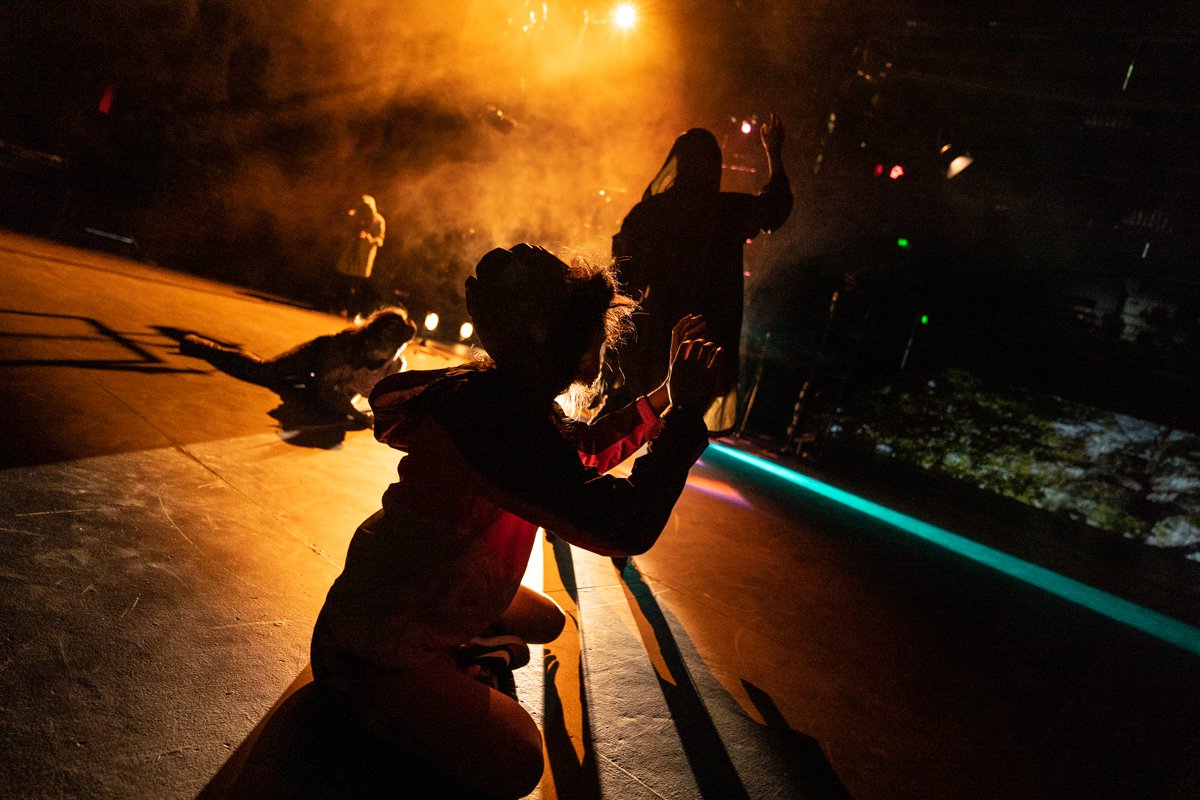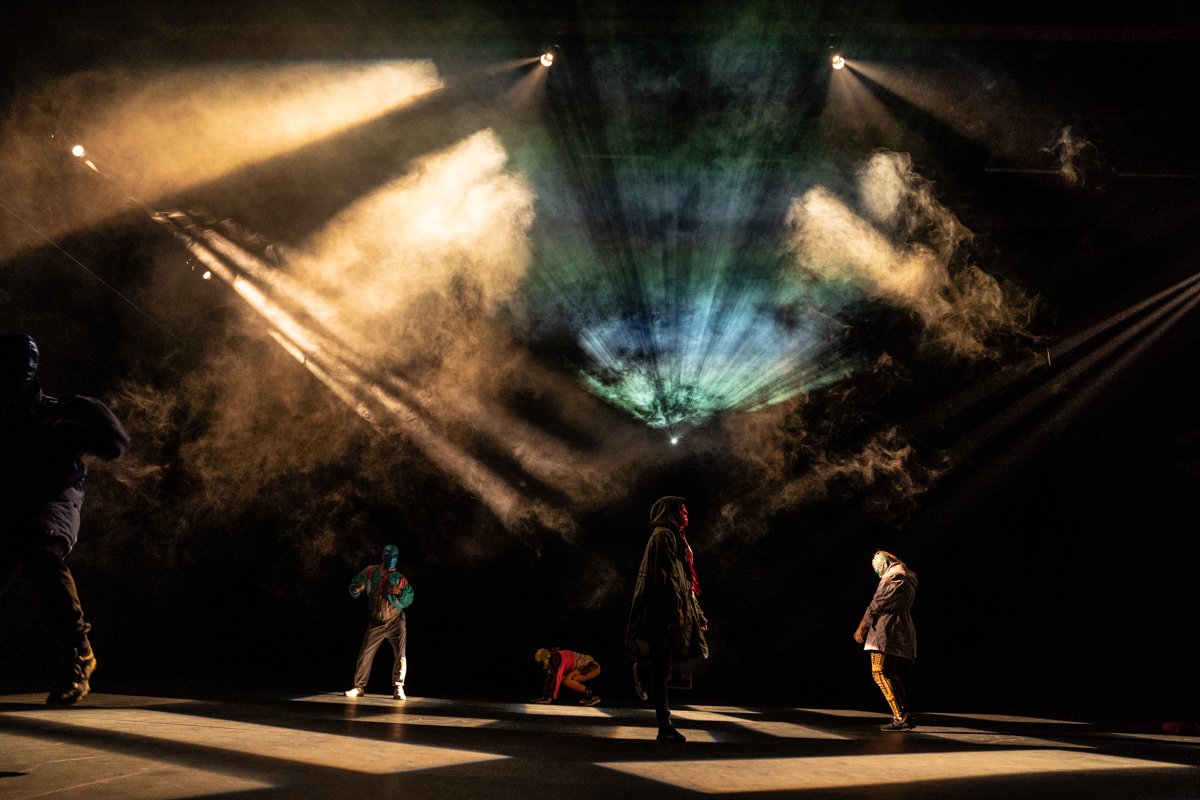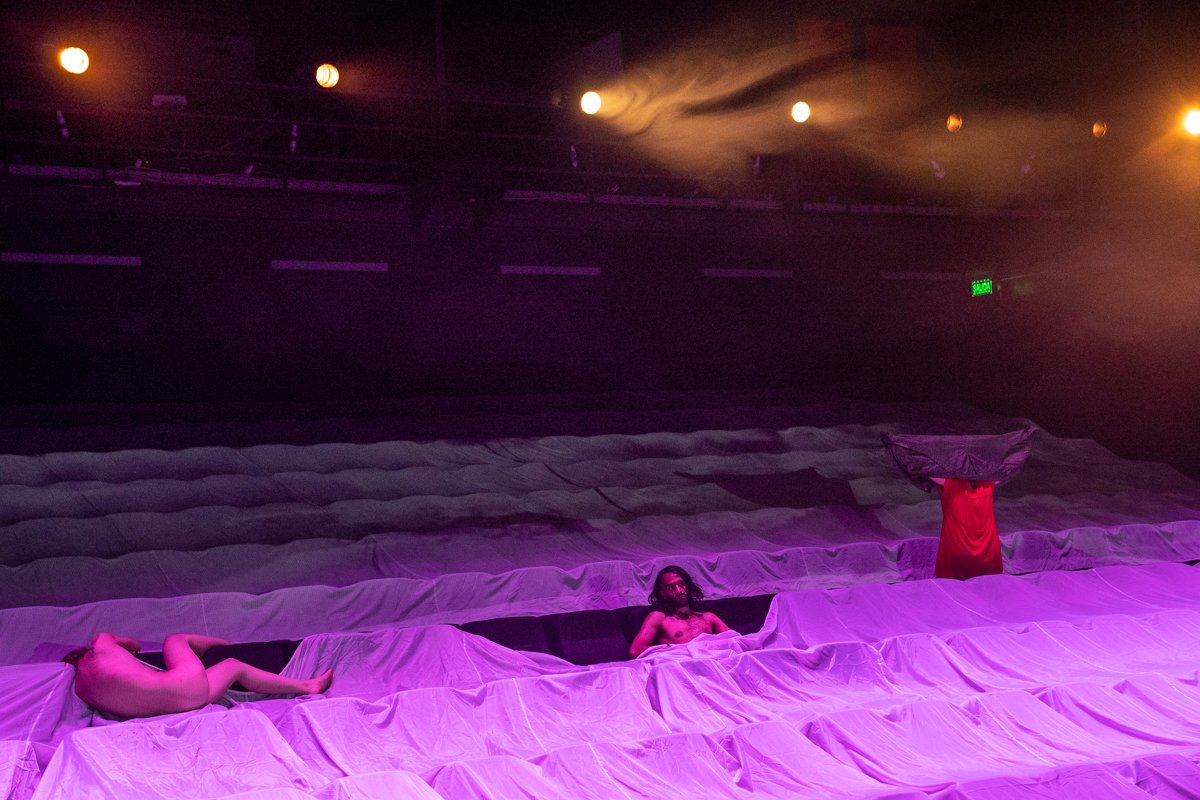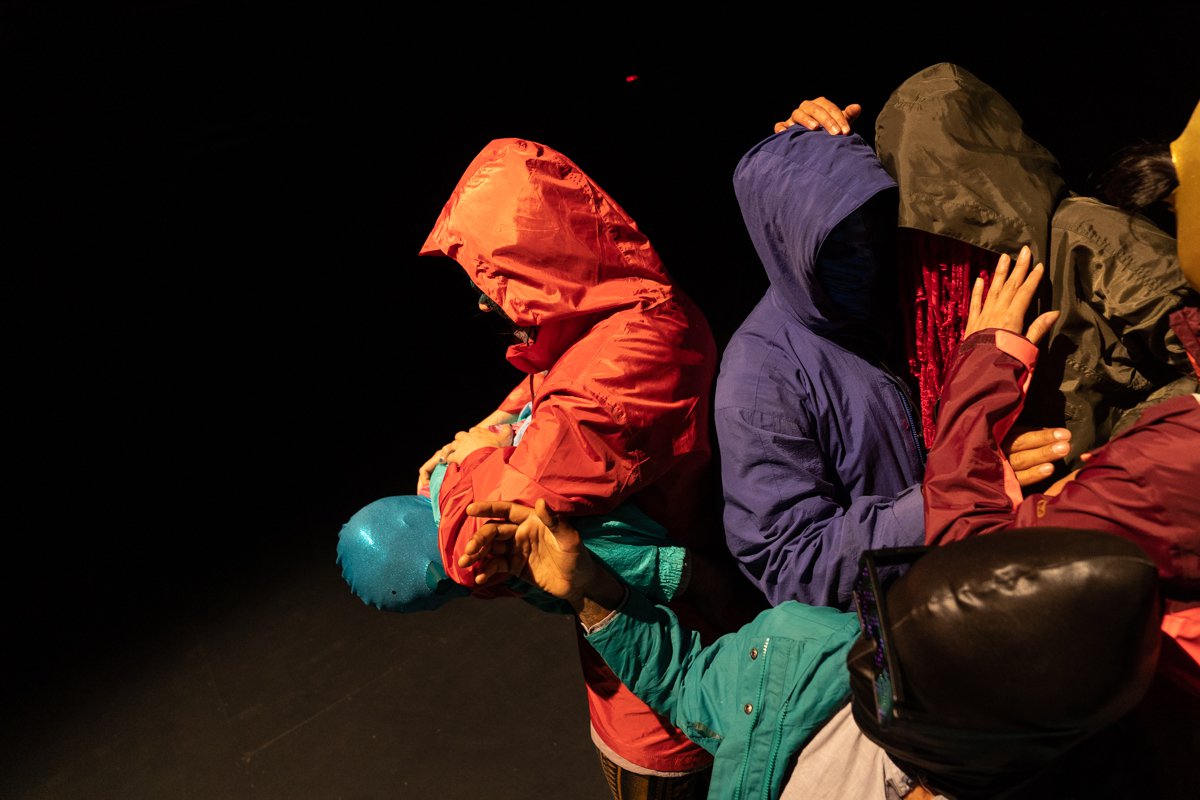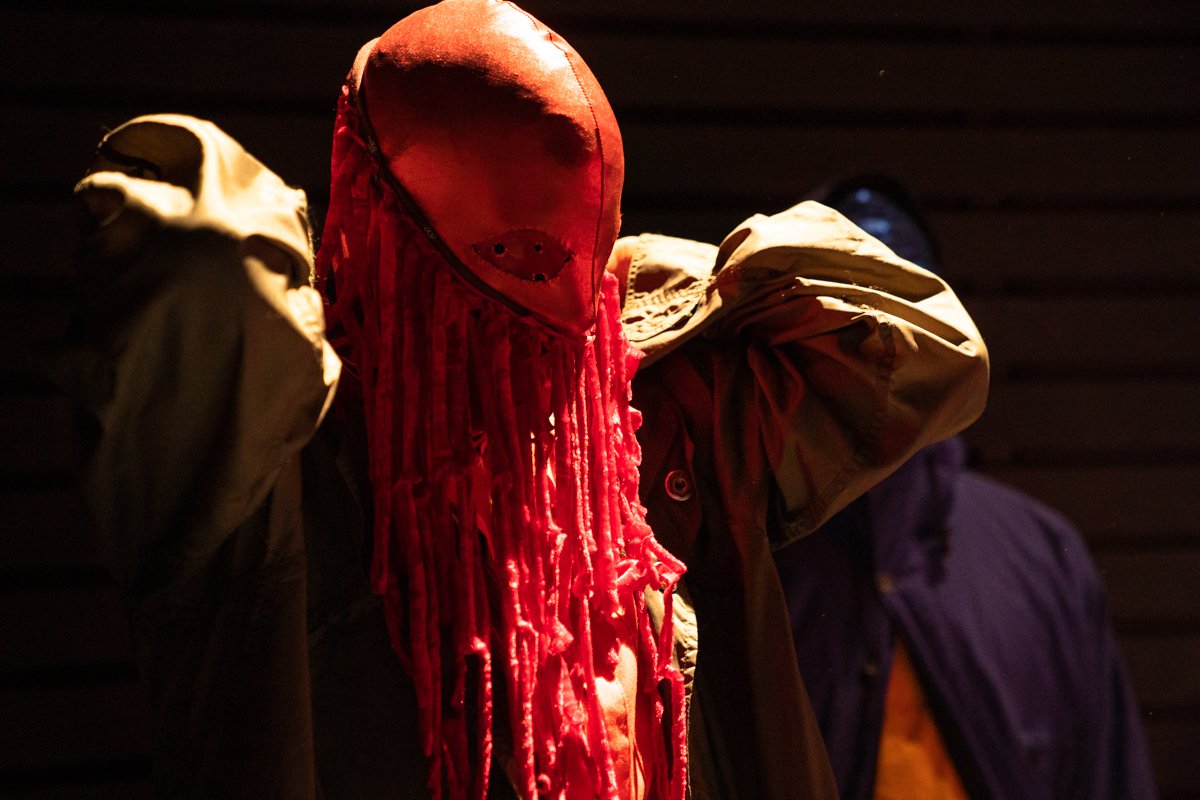Videodanza | Videoperformance
Written by Mundomoebio | Research, creation, design, cinematography and performance by: Rocío Rivera Marchevsky, Daniela Villanueva Tolosa, David Legue, Felipe Díaz Galarce, Omar Rivera Rivera and Alexandra Farías Aguirre | Physical training: Daniela Villanueva Tolosa, Rocío Rivera Marchevsky and David Legue | Audiovisual post-production: dEUSeXmACHINA | General producers: Alexandra Farías Aguirre and Rocío Rivera Marchevsky | Additional camera: Mariella Valdebenito Ruffo | Theater sound and audio post-production: Miguel Jáuregui Arévalo | Theater staging: Omar Rivera Rivera and Claudia Fuentes Villaseca | Theater technical collaboration: Jorge Espinoza Galindo | Stagehand: Marco Cortés | Theater photography: Nelson Campos Ros | Scientific consultants: Ignacio Garrido, the Calfuco Aquatic Resources Coastal Laboratory at the Faculty of Science, Austral University, Chile and the National History Museum in Valparaíso | With support from: the Valparaíso Cultural Park, the Matucana 100 Cultural Center, the Leopoldo Silva Reynoard Municipal Cultural Center in Quillota and the Juan Bustos Ramírez Municipal Theater in Quilpué | Financed by: a 2020 regional Fondart grant and Mundomoebio | With the collaboration of: Mariella Valdebenito Ruffo, Lukax Santana, Daniel Nunes, Turba | Collaborators: the Valparaíso Cultural Park, the Matucana 100 Cultural Center, the Leopoldo Silva Reynoard Municipal Cultural Center in Quillota and the Juan Bustos Ramírez Municipal Theater in Quilpué; the Calfuco Aquatic Resources Coastal Laboratory at the Faculty of Science, Austral University, Chile and the National History Museum in Valparaíso.
Mundomoebio
The company
More than 20 years of research into dance
MUNDOMOEBIO is a creative, transdisciplinary group made up of artists Rocío Rivera Marchevsky, Daniela Villanueva Tolosa, Mariella Valdebenito Ruffo, David Legue, Felipe Díaz Galarce, Omar Rivera Rivera and Alexandra Farías Aguirre. Founded in Valparaíso/Chile in 1999 by Rocío Rivera Marchevsky and Kena Lepe Acosta as a contemporary dance company, they have staged more than 20 pieces both in Chile and internationally, including Argentina, Bolivia, Peru, Uruguay, Mexico, Spain and China.
“A reflection on the paradox of living hyper-connected lives that are devoid of physical contact in a system that alienates the body and encourages competition over cooperation”.
-It is an interesting exercise in using images to fuse two performances held in different spaces, creating a site-specific type of bodily improvisation. Both pieces emerge from the idea of processes and growth as the basis for something that has no end.
-Using dance, it reflects on bodily transformations and movement in different contexts, and on how the pandemic has transformed public, urban, natural and personal spaces as a result of bodies’ new way of inhabiting them.
Video dance: This genre emerged as a result of the experimentation between dance and image capture techniques. It dates back to the appearance of video art and the beginnings of cinema and evolved in parallel with these over time. It is not a record of a dance on video, but rather dance and the camera form a symbiotic relationship. In this kind of play, the creation of the choreography typically only exists on film or video. “Neither the dance nor the method of rendering are in service to each other, but are rather partners or collaborators in the creation of a hybrid form”, says North American producer and theorist Douglas Rosemberg.
On Facebook, Mundomoebio
On Instagram, @mundomoebio
COLABORA
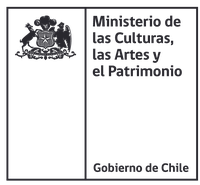
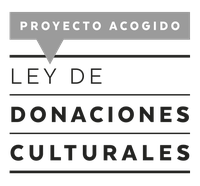


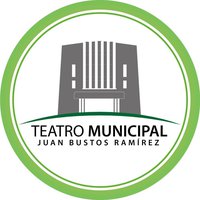
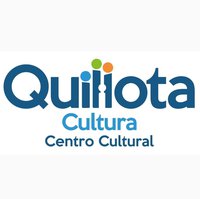


Atravesar
By Mundomoebio
- Chile
- Spanish
- 34 minutes
- Todo público
Two spaces left empty by the pandemic are used for a piece that talks of the then and now.
ECDISIS_acciones para mudar de piel is a piece with a series of chapters that, like peeling back layers of skin, delve into the social and technological communication transformation that we are going through as a society. Based on a study of ecdysis biological processes and the metamorphosis that some living beings go through to grow, Mundomoebio personifies the reflections that have grown in intensity since 2020 - after the social uprising and the pandemic - from a transdisciplinary perspective, using body, image and movement. The strain between the concept of two apparently empty spaces talks of the then and now.
Atravesar
By Mundomoebio
- Chile
- Spanish
- 34 minutes
- Todo público
Two spaces left empty by the pandemic are used for a piece that talks of the then and now.
ECDISIS_acciones para mudar de piel is a piece with a series of chapters that, like peeling back layers of skin, delve into the social and technological communication transformation that we are going through as a society. Based on a study of ecdysis biological processes and the metamorphosis that some living beings go through to grow, Mundomoebio personifies the reflections that have grown in intensity since 2020 - after the social uprising and the pandemic - from a transdisciplinary perspective, using body, image and movement. The strain between the concept of two apparently empty spaces talks of the then and now.
Written by Mundomoebio | Research, creation, design, cinematography and performance by: Rocío Rivera Marchevsky, Daniela Villanueva Tolosa, David Legue, Felipe Díaz Galarce, Omar Rivera Rivera and Alexandra Farías Aguirre | Physical training: Daniela Villanueva Tolosa, Rocío Rivera Marchevsky and David Legue | Audiovisual post-production: dEUSeXmACHINA | General producers: Alexandra Farías Aguirre and Rocío Rivera Marchevsky | Additional camera: Mariella Valdebenito Ruffo | Theater sound and audio post-production: Miguel Jáuregui Arévalo | Theater staging: Omar Rivera Rivera and Claudia Fuentes Villaseca | Theater technical collaboration: Jorge Espinoza Galindo | Stagehand: Marco Cortés | Theater photography: Nelson Campos Ros | Scientific consultants: Ignacio Garrido, the Calfuco Aquatic Resources Coastal Laboratory at the Faculty of Science, Austral University, Chile and the National History Museum in Valparaíso | With support from: the Valparaíso Cultural Park, the Matucana 100 Cultural Center, the Leopoldo Silva Reynoard Municipal Cultural Center in Quillota and the Juan Bustos Ramírez Municipal Theater in Quilpué | Financed by: a 2020 regional Fondart grant and Mundomoebio | With the collaboration of: Mariella Valdebenito Ruffo, Lukax Santana, Daniel Nunes, Turba | Collaborators: the Valparaíso Cultural Park, the Matucana 100 Cultural Center, the Leopoldo Silva Reynoard Municipal Cultural Center in Quillota and the Juan Bustos Ramírez Municipal Theater in Quilpué; the Calfuco Aquatic Resources Coastal Laboratory at the Faculty of Science, Austral University, Chile and the National History Museum in Valparaíso.
Mundomoebio
The company
More than 20 years of research into dance
MUNDOMOEBIO is a creative, transdisciplinary group made up of artists Rocío Rivera Marchevsky, Daniela Villanueva Tolosa, Mariella Valdebenito Ruffo, David Legue, Felipe Díaz Galarce, Omar Rivera Rivera and Alexandra Farías Aguirre. Founded in Valparaíso/Chile in 1999 by Rocío Rivera Marchevsky and Kena Lepe Acosta as a contemporary dance company, they have staged more than 20 pieces both in Chile and internationally, including Argentina, Bolivia, Peru, Uruguay, Mexico, Spain and China.
“A reflection on the paradox of living hyper-connected lives that are devoid of physical contact in a system that alienates the body and encourages competition over cooperation”.
-It is an interesting exercise in using images to fuse two performances held in different spaces, creating a site-specific type of bodily improvisation. Both pieces emerge from the idea of processes and growth as the basis for something that has no end.
-Using dance, it reflects on bodily transformations and movement in different contexts, and on how the pandemic has transformed public, urban, natural and personal spaces as a result of bodies’ new way of inhabiting them.
Video dance: This genre emerged as a result of the experimentation between dance and image capture techniques. It dates back to the appearance of video art and the beginnings of cinema and evolved in parallel with these over time. It is not a record of a dance on video, but rather dance and the camera form a symbiotic relationship. In this kind of play, the creation of the choreography typically only exists on film or video. “Neither the dance nor the method of rendering are in service to each other, but are rather partners or collaborators in the creation of a hybrid form”, says North American producer and theorist Douglas Rosemberg.
On Facebook, Mundomoebio
On Instagram, @mundomoebio
COLABORA








